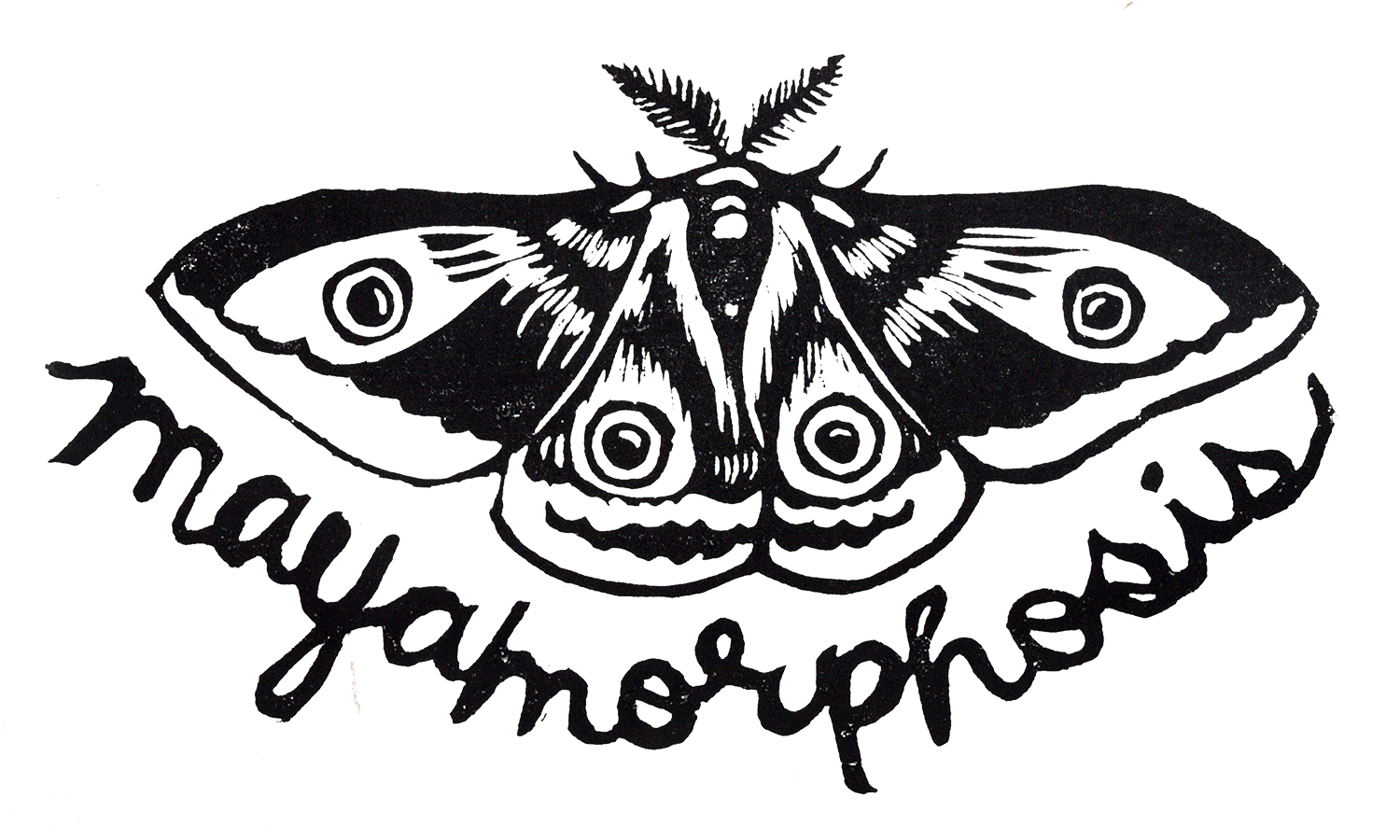Can't you just photoshop it?
Of printing presses and other archaic beauty
Every once in a while, someone learns that I make woodblock prints and says, “wouldn’t it be easier to just print it digitally?”
You mean, instead of taking my intricately detailed drawings and carving them painstakingly into a woodblock, and then inking them by hand and printing them using a big roller and a 2-tonne iron printing press built in 1891, just scan it and go – boop – and the machine spits it out?
Okay, fair question.
We live in an age of unprecedented technological growth and innovation, and while I want to be clear I’m not knocking the usefulness of digital technology, I do believe traditional craftsmanship has something uniquely important to offer, and is worth preserving and passing down.
Setting up the press at Atelier Circulaire. Photo by H Walkstrong.
Here’s the thing: learning to make things with our hands keeps us smart, remembering how to think and not just what to think.
It’s also satisfying in a particularly special way. Handmade objects are imbued with an energy that comes through, for the creator and the audience alike.
I have a hunch that you already know this.
Studying the markings of a butterfly’s wings or the specific way a vine twists around the stem of a plant will teach you a great deal about how the universe is put together.
Recently I was at the print shop and the technician Carlos – an expert lithographer and endless well of fascinating history lessons – said to me, casually,
“You know… to master this technique, one lifetime is not enough. It would take several, I think.”
And then he looked down at the new edition of prints I was signing and said, “Your woodcuts are magnificent. You must keep going.”
High praise, that. And a mighty call to action.
It’s fun to think that you are continuing the work from a previous unknown lifetime, when you were a blacksmith or a baker or a termite.
Anyway, all of this got me thinking about how engaging with our creativity and self-expression has an incredible capacity to heal us, both individually and collectively. It connects us to each other and what it means to be human.
It’s a really beautiful thing.
And it feels special to have the opportunity and the honour to continue a tradition that keeps us connected to history, to each other and to the natural world – especially in an era when people are feeling increasingly disconnected and disillusioned.
If one lifetime’s not enough to master your craft, then your life’s work is just to set up your next incarnation as best you can, which is awesome because it frees you to simply focus on the journey, as you won’t be reaching the destination until much later when you’re a frog or a temple or a mushroom.
How cool is that?
Now I’d love to hear from you! What’s your favourite thing about traditional craftsmanship? What do you do to indulge your creative curiosity? What work from a previous lifetime are you continuing? Tell me in the comments below.
And for the love of handmade, thank you for being here.
PS. Don’t forget to subscribe to email updates - you’ll gain instant access to a FREE desktop calendar and special offers I don’t share anywhere else.




